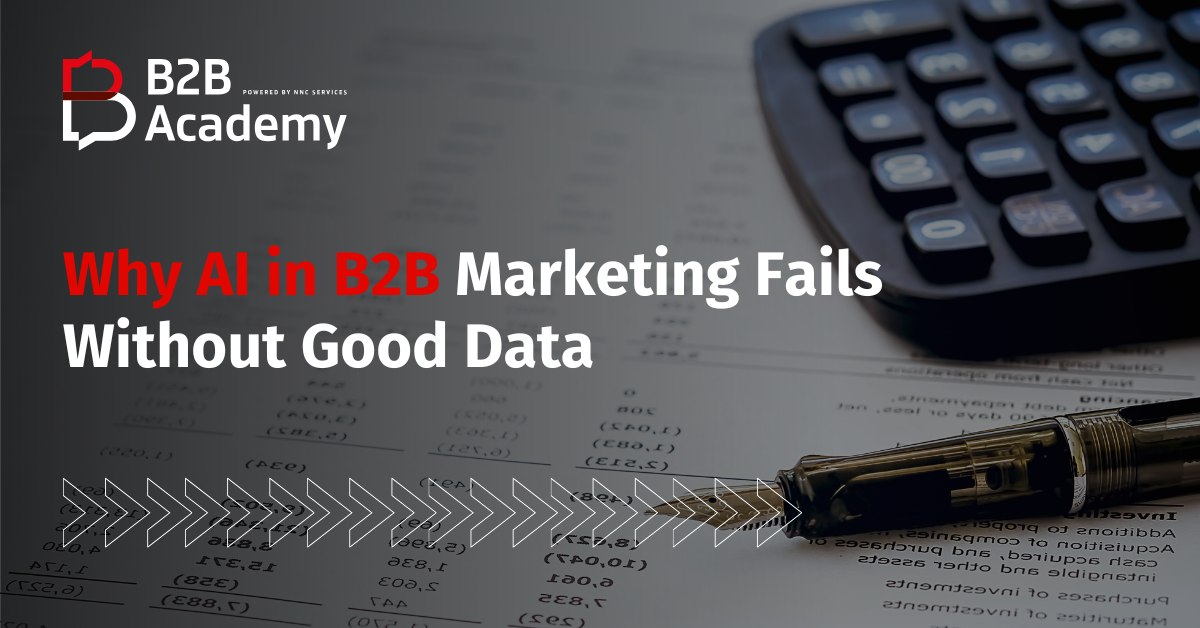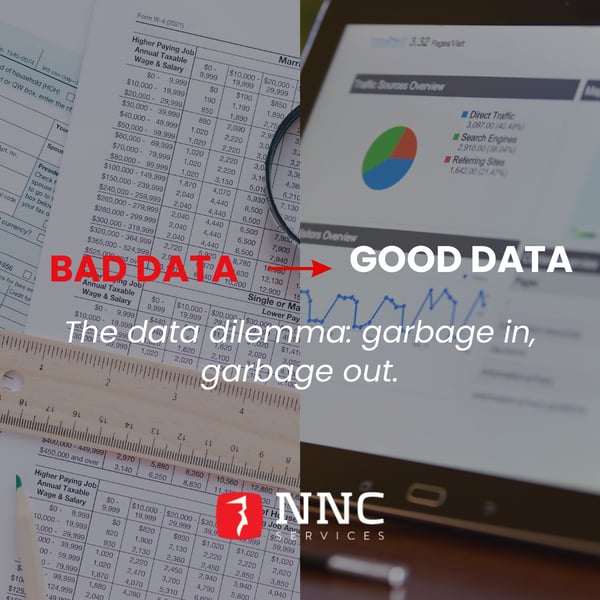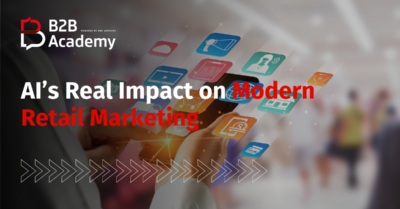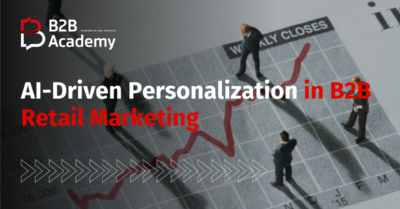Artificial intelligence has become the latest centerpiece of B2B marketing conversations. Tools are smarter, algorithms are faster, and predictions are sharper. But there’s one small problem: none of it works without trustworthy data.
AI can crunch numbers, segment audiences, and recommend campaigns, but if the data feeding it is incomplete, outdated, or just plain wrong, the results won’t be smarter; they’ll just be wrong, only faster.
So, let’s unpack this data dilemma. What does “trustworthy data” really mean? Why does it matter so much for AI in B2B? And how do you avoid feeding your AI a diet of junk?
Why Trustworthy Data Matters
Think of AI as a chef. Data is the ingredient list. If you provide fresh, accurate, and well-prepared ingredients, the chef can create something impressive. But if you hand over stale bread and wilted lettuce, the best chef in the world can’t save your sandwich.
In B2B marketing, AI depends on data to:
- Identify buyer intent: Spotting signals that suggest when prospects are researching or ready to buy.
- Segment audiences: Grouping contacts by industry, role, or behavior for more tailored outreach.
- Predict outcomes: Estimating lead quality, campaign performance, or churn risk.
- Personalize interactions: Delivering content that feels relevant rather than generic.
When the data is flawed, these activities don’t just miss the mark; they can actually backfire. You risk spamming the wrong people, misjudging leads, or sending executives content better suited for interns.
The Hidden Costs of Bad Data
You might be thinking, “Sure, data errors happen. But is it really that big a deal?” The short answer: yes. The long answer: it’s more expensive than you think.
Here’s what poor data quality can cost you:
- Wasted ad spend: Campaigns targeted at the wrong audience drain your budget.
- Damaged reputation: Send irrelevant or incorrect messages, and prospects quickly lose trust.
- Slower sales cycles: Inaccurate lead scoring pushes unqualified leads to sales, wasting valuable time.
- Missed opportunities: Without reliable intent signals, you may overlook prospects who are actually ready.
In B2B, where the sales cycle is long and decision-making involves multiple stakeholders, these errors multiply. One bad data set can ripple through an entire quarter’s performance.
What Does “Trustworthy Data” Really Mean?
It’s tempting to think trustworthy data just means “accurate,” but it goes deeper. True data quality has several dimensions:
- Accuracy: Is the information correct? (Correct job titles, current companies, up-to-date emails.)
- Completeness: Do you have enough information to use the data meaningfully? A first name without a role might not help much.
- Consistency: Is data formatted the same way across systems? (Think U.S. vs USA vs United States.)
- Timeliness: How current is the data? A lead list from three years ago might as well be a phone book.
- Relevance: Does the data actually serve your business goals? Collecting information you never use clutters systems and slows analysis.
Without these qualities, your AI becomes less like a “smart assistant” and more like that colleague who gives confident answers… that are usually wrong.
How to Build Trustworthy Data for AI
Here’s the part where theory meets practice. Building trustworthy data isn’t glamorous, but it’s the foundation of AI success in B2B marketing.
-
Start with Data Cleaning
Think of this as spring cleaning for your CRM. Regularly audit and remove duplicates, correct errors, and update outdated fields. A database full of old contacts doesn’t just waste storage; it misleads your AI.
-
Integrate Your Systems
Your marketing automation tool, CRM, and analytics platforms should be speaking the same language. Disconnected data leads to incomplete pictures, which leads to poor AI recommendations.
-
Collect Data Responsibly
Don’t just scrape or buy lists. Use transparent methods that ensure data accuracy and compliance with privacy laws. Remember, trust starts with how data is gathered.
-
Enrich Data with Context
AI loves context. Supplement basic contact info with firmographic and behavioral data, industry, company size, recent activity, and engagement history. This makes your AI’s predictions sharper.
-
Monitor and Measure Quality
Data isn’t a one-and-done project. Create metrics to track accuracy, completeness, and timeliness over time. Build processes for continuous improvement rather than reactive cleanups.
Where AI Fits into the Equation
Here’s the irony: while AI depends on good data, it can also help you improve it. AI can:
- Flag anomalies or suspicious entries.
- Predict missing fields based on patterns.
- Score data reliability across different sources.
But here’s the catch: you still need a baseline of trustworthy data before AI can even help you fix the rest. It’s a cycle: good data fuels AI, and AI helps keep data good.
Questions to Ask Yourself
If you’re wondering whether your organization is ready for AI-driven marketing, ask yourself:
- Do we trust the accuracy of our CRM data?
- How often do we clean or update our databases?
- Are our systems integrated, or are we stitching together reports manually?
- Do we know how data enters our systems in the first place?
If you’re hesitating on any of these, your AI journey will hit bumps.
AI promises efficiency, smarter targeting, and predictive insights in B2B marketing. But at its core, AI is only as strong as the data it feeds on. Trustworthy data isn’t optional; it’s the foundation.
So before you invest in the newest AI tool or campaign automation, pause and ask: Is our data trustworthy enough to make this worth it? Because in the world of AI-driven B2B marketing, the smartest strategy isn’t just collecting more data, it’s collecting the right data and keeping it reliable. That’s how you move from flashy algorithms to real business impact.





